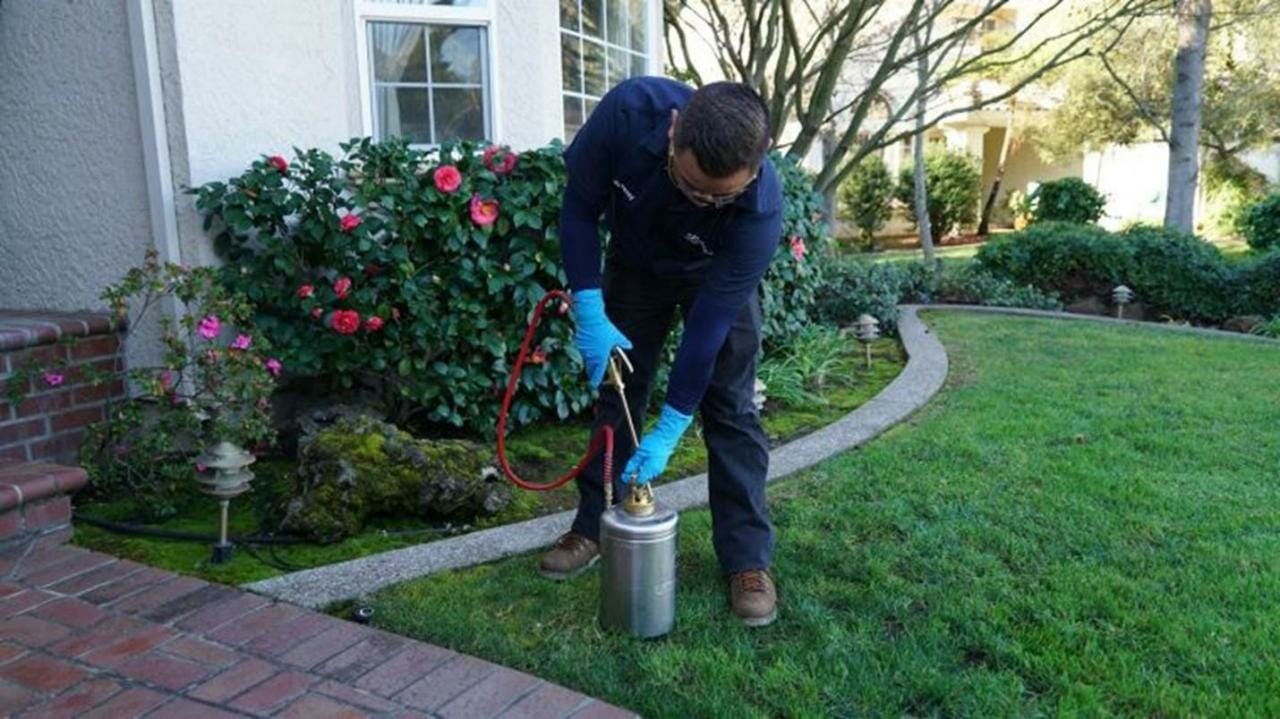Pests, whether rodents, insects, or larger animals, are always at the top of the list of headaches that come with managing a farm or acreage property around the Nampa area. The wide-open areas, areas where livestock may be kept, and storage that defines rural living also leave room for unwelcome visitors. Mice invade feed stocks, insects destroy crops, and larger animals threaten property and sanity.
In a city where agriculture accounts for a significant portion of Canyon County’s $1.2 billion annual farm revenue, preserving these properties is not simply a luxury; it is a vital part of the local economy. When you seek professional help from Saela Pest Control, you address the problem at its source rather than just alleviating its symptoms.
Why Farms and Acreage Homes Face Unique Pest Challenges
Acreage homes near Nampa face pest pressures that an average suburban home never will. Your property is not simply a dwelling, but rather an ecosystem that attracts wildlife and insects from all directions.
So, what makes pest control in the country different:
- Scale matters: A 5-acre property has exponentially more points of entry and places to hide than a quarter-acre lot
- Multiple structures: You need to protect barns, sheds, coops, and outbuildings
- Attractants everywhere: Animal feed, standing water, compost piles, and livestock all attract pests like magnets.
- Seasonal workers: Harvest time and seasonal activities can occur, which brings in new pest problems
Prevention Tips for Farms and Acreage Homes
-
Secure Feed Storage Properly
Rodents can sense grain and feed from great distances. Store animal feed in metal, tightly sealed containers. Agricultural extension information suggests that sealed storage can reduce rodent populations by up to 70% in the first month.
-
Maintain Proper Drainage
Mosquitoes breed in standing water, while other pests are attracted to it. Clear ditches, repair leaky irrigation systems, and prevent water troughs from overflowing. In Nampa’s case, this is especially critical from April through October during its irrigation season.
-
Remove Debris and Unused Equipment
Sunlight and heat provide snakes with ideal nesting places, often found in old machinery, lumber piles, and abandoned equipment. Conduct quarterly walks on your property, clearing anything that has not been used in at least a month.
Trim Vegetation Around Buildings
You should always mow grass and shrubs three feet from structures. This creates a zone of intimidation to deter pests from the structure and makes it easier to identify any activity.
-
Inspect and Seal Entry Points
Inspect roofs, lines of roof penetration, and foundations on a regular basis. A hole the size of a dime is all that it takes for a mouse to gain entry. Fill minor gaps with steel wool and caulk, and large openings with hardware cloth.
-
Rotate Pastures and Crop Areas
Rotating animals in pastures and rotating crops breaks pest life cycles. Numerous insects and parasites rely on host animals or plants remaining in one spot.
-
Schedule Regular Property Inspections
Daily, check your land for indications of infestation, including droppings, damage, runaways, or trails. Walk your entire property once a month. This allows for easier control and for damage to be contained.
Professional Pest Control Solutions Often Help In The Longer Run
Saela Pest Control is well-respected as a rural pest control expert serving the bulk of Treasure Valley. They understand that a farm in Nampa has more environmental issues than a house in downtown Boise. Their technicians assess the entire property, not just the home, and develop treatment plans that consider livestock and crops, as well as the seasonality of animal movement. They know you can not just spray and walk away on a working farm, which is what makes them different.





